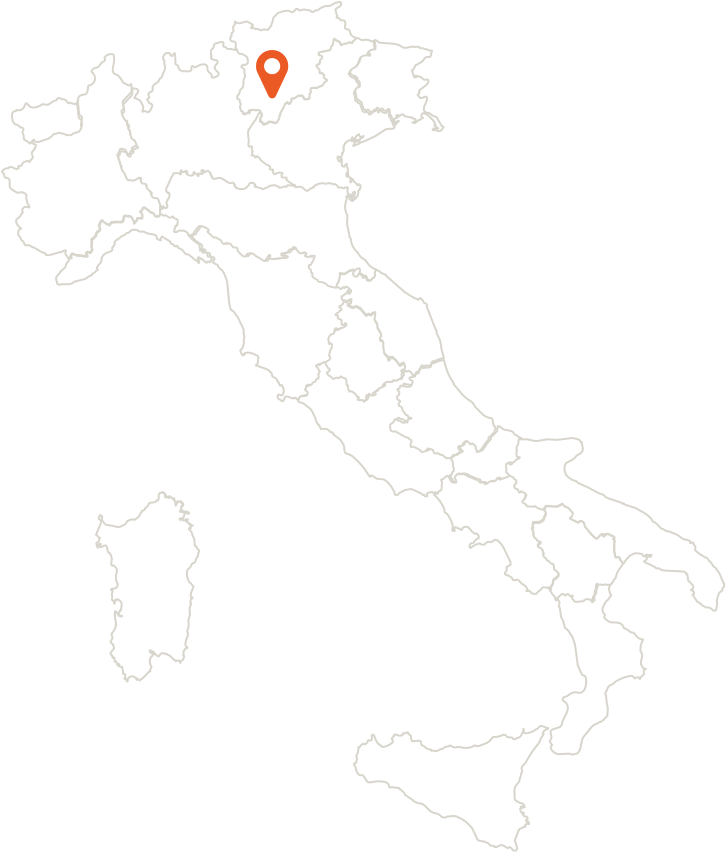pollens
pollen is produced by the male organ of the flower. it consists of tiny particles, often rounded, but of many shapes, each typical of its plant. it is pollen that allows cross-pollination by flowering plants. borne by the wind or carried by insects, it transmits genetic material from one plant to another, favoring biodiversity and the mixing of chromosomes between flowers of the same species on different plants. for bees, pollen is the preferred source of protein, a fundamental nutrient for the entire hive, especially for the larvae and pupae and the queen, whose protein intake is extraordinarily high, since she must produce a large number of eggs, up to two thousand a day. the pollen is collected by some strategically positioned traps at the entrance to the hive. when the bees return from their forays, their hind legs brush against grilles that delicately detach the grains of pollen, making them fall into a container below.
Read morethe trays are collected daily, and the pollen is slowly dried with special dehumidifiers. this allows the pollen to be preserved for long periods. it is one of the most complex and nutritious foods we know, a full range nutrient on the scale of meat or fish, yet totally plant-based. extremely rich in protein, essential amino acids, vitamins A, B and B12 (nearly absent in almost all plant products), vitamins C and E, carbohydrates, enzymes and unsaturated fats, it may be the most nutritious plant food on the planet. the flavor is raw, herbaceous, sometimes reminiscent of hay or tea leaves, a strong taste, which is why it is often eaten in combination with other food. honey, first and foremost, but also stirred into white yogurt or added to a cream of vegetable soup or a seasonal salad. for some time now, haute cuisine and pastry chefs have shown interest in this noble food, using the grains as flavor enhancers and to add a chewy texture. we recommend a teaspoon in the morning as a steady regimen.



